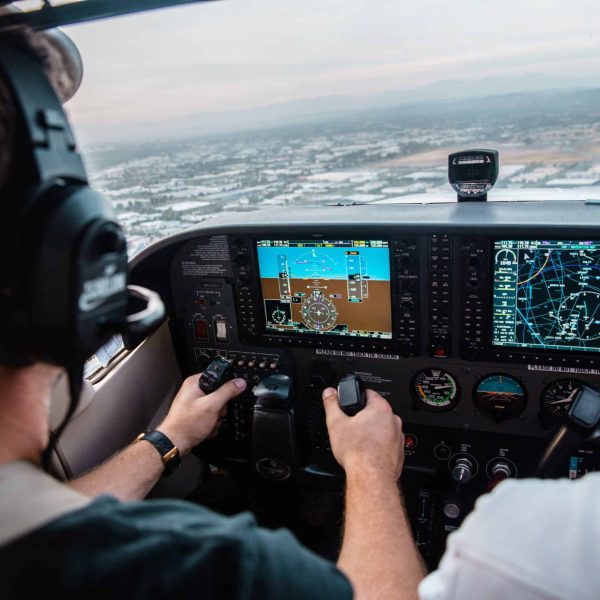In the realms of firefighting and aviation, professionals are tasked with the immense responsibility of safeguarding lives. Both fields require rigorous training and unwavering precision. The margin for error is minimal. So, how do these industries ensure the utmost preparedness? One pivotal tool stands out: simulation training. Let’s explore the striking similarities between fire simulation training and pilot training using flight simulators.

